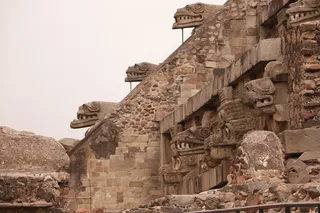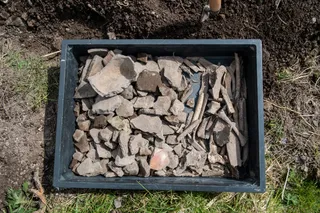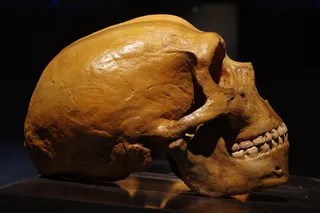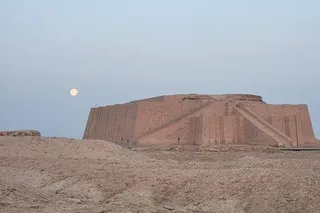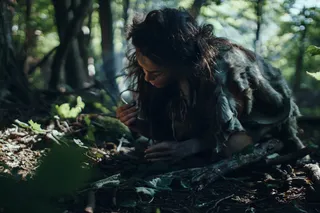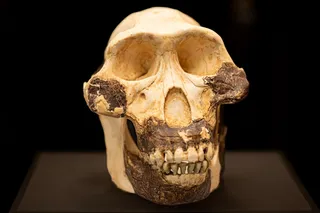The Dolní Vestonice Portrait Head is just 2 inches tall and 1 inch wide. It’s a tiny face carved into an ivory mammoth tusk, but what it lacks in size, it makes up for in significance. Uncovered in the 1920s in the South Moravian region of the Czech Republic, the figure, which dates back 26,000 years, is thought to be the oldest known personal portrait.
During the late Paleolithic Period, a group of mammoth-hunting ancient humans set up camp in the Dolní Věstonice region of what is now the Czech Republic, and this specimen is a representation of the culture that took place there. The portrait head seems to show a woman with engraved eyes and other individualized features and a face that tells us a story.
It’s generally rare to find portraits from this time period, says Jill Cook, curator at the British Museum. It’s a slightly more abstract ...




